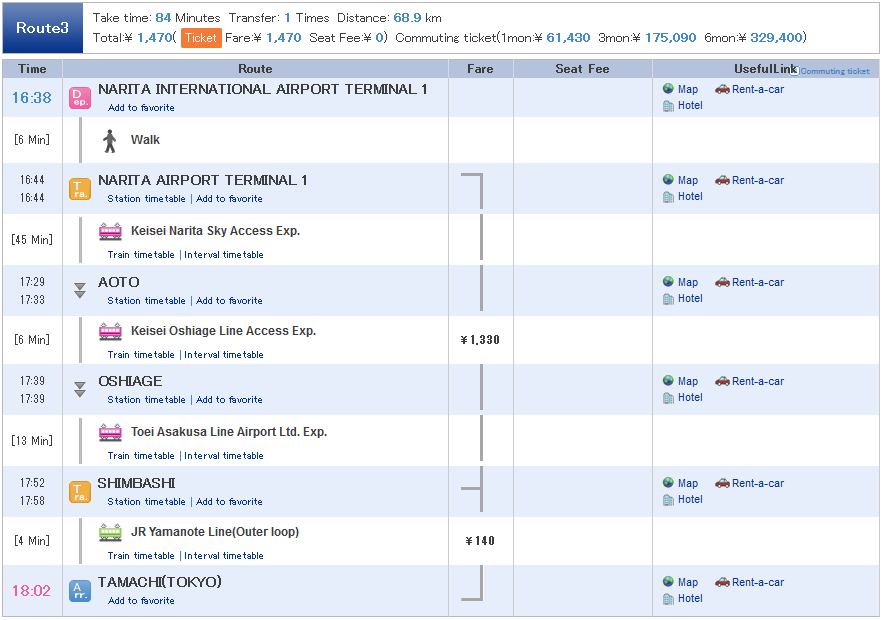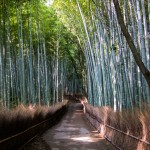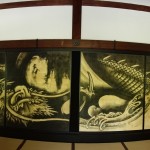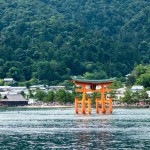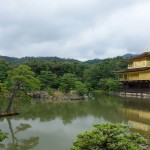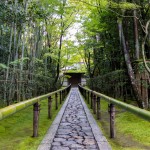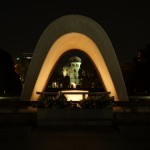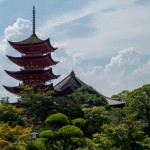Traveling to Japan may lead to a lot of frustration for some people, especially when they are not prepared for the little quirks like language, transportation or accommodation, so I will share my experience in having a lot of fun during my Japan vacation, while mitigating all those problems with proper planning.
Plan
Visit sites like http://www.japan-guide.com/ where you will find a lot of useful information about the food, currency and culture of Japan. To be on the safe side, I’ve downloaded the whole website with HTTrack , so I can read it during the 12Hr flight from Las Vegas. Take a good look at their Itinerary Ideas section and make a list of the places you want to visit, while figuring out your route. Once you have your route, start making reservations in sites like Expedia, Priceline or Kayak. The sooner you make those, the better price you’ll get for those rooms. We’ve paid on average about $60-70 for a 3-4* hotels (Kyoto being $100+ and Takayama being $40). If you want to be smart – try to spend the weekends in “cheap” places like the country and visit the main tourist cities like Kyoto during the week. That will save you money and will improve your overall experience of Japan as well, since there are less tourists during the week. The reservations you make can be cancelled / moved ’till the very last day, so you are better off making them ahead of time and canceling after that, if you change your plan.
Once you have your itinerary and your reservations, you can visit Hyperdia so you can check the times of the trains and buses to and from the rail stations in the cities you plan to visit.
I made screenshots for every arrival to a city, so I would have something in my phone even if I don’t have access to internet. That was easy to do, since I already knew the hotel address from the reservation I’ve made.
One more little thing – do you remember the “Where the streets have no name” song by U2? Enter Japan, where the streets literally have no names… and when they do – they look like this:
〒100-8994
東京都中央区八重洲一丁目5番3号
東京中央郵便局
You can read more on the subject here, but in the meantime to remedy this, you can use Google Maps when you have internet access, and transfer those places as bookmarks to Maps.me – an offline map for Japan that you can download to your phone, so you would always know where you are, and how to get to your hotel / point of interest by walking. You can use it to track the progress of your travel in the train as well.
Pack
I always try to travel light, especially during the summer when you don’t need so many bulky clothes, and you can literally put everything you need into a backpack.
I’ve purchased one of those compression bags kits and I haven’t looked back ever since. There are multiple benefits in using those:
- You can fit more clothes in your backpack
- You can separate clean from dirty clothes in different bags, so you can always have fresh smelling ones
- Since those bags are waterproofed, it’s not a such a big deal if it starts raining
So with the help of those bags, I’ve managed to pack the following in my 38L backpack:
- Phone and 12000 mAh power bank
- Camera and tripod
- Sneakers and durable slides
- 5 T shirts
- 3 Pair of shorts
- 8 pairs of underwear
- Travel documents / Passport, JRP, Paper Guides, Maps/
- Jeans, Sweater and Track Suit
- Some snacks and water
The thinking behind the track suit is that if we were going to climb mount Fiji, we could put some T shirts under the track suit and to put the sweater and the jeans on top of it, so we can easily withstand the 32F temperature on the top, while not having to lug around a lot of useless clothes around. Since all train stations and important land marks in Japan have relatively cheap coin lockers, having only a backpack was guaranteeing that we could just leave our backpacks at the train station and start exploring the city instead of waiting for a hotel room to become available. Basically this made us very mobile, not even considering that we didn’t have to wait for the baggage carousels or pay additional fees.
Language
There are three different alphabets: Hiragana, Katakana and Kanji.
Hiragana and Katakana have 46 symbols each, Kanji has around 2000. Katakana is used for all the “foreign” words like toilet /toire/ and hotel /hoteru/, so technically you don’t need to learn new words, just to use the ones you already know.
You can learn those by getting some applications on your phone like Dr. Moku. It may look challenging, but you’ll get the “biggest bang for your buck” by learning only Hiragana and Katakana. I guarantee you that you’ll know both of them by heart within less than a week of practice.
Once you know those, just head to a website with some important words like http://www.tofugu.com/2010/10/01/the-100-most-important-japanese-words/ and try mto remember some of them. To be on the safe side, download Google Translate and Learn Japanese Phrasebook to your phone. Make sure to download the offline Japanese language package in Google Translate and to add Hiragana software keyboard to your phone as well, so you don’t need mobile data all the time.
The only case in which you will need internet is to translate Kanji from signs.
Getting there and around
There are few things that you need to do before you leave to Japan, one of the most important ones is to purchase Japan Rail Pass (JRP). I used https://www.japan-rail-pass.com/ because I was able to bundle the rail pass with data SIM card (you can’t purchase voice one, but you can rent one once when you arrive in Japan). It is important to purchase JRP before you leave to Japan, since it is sold only outside of the country. I need to mention that JRP is a very good deal, but only if you plan to visit more than one city in Japan. The basic rule is that the price for JRP is equal to two-way Shinkansen (bullet train) between Tokyo and Kyoto. If you plan to travel more than that, then you are better off purchasing JRP. The other important thing is when you’ll activate it – it is not necessary to activate it right away, we did this at the end of our stay in Tokyo, so we would have more time to use it to travel around Japan.
There are two airports in Tokyo – Haneda and Narita. Usually the flights to Haneda airport arrive late in the PM, so make sure you have a plan how to get to your hotel. We used the monorail, since it was cheap and convenient.
Once you arrive at your airport, make sure that you purchase a Suica card to avoid standing in line of the ticket vending machines every time you need to travel. You can purchase it from the ticket machines, and you can return it to the Japanese Railroad offices after you are done with it for a refund of 500 yen. The great news is that you can use it as a Debit Card as well on the vending machines or even in some restaurants all over Japan, so it serves a double purpose.
The transportation in Japan is phenomenal: punctual, fast and convenient. Don’t be afraid that you may not remember the name of the station you need to get off or on – it’s OK. Just remember the time – if Hyperdia says that you need to get off at 10:36AM, you just get off then, simple as that. I found out that this is a lot better and less stressful way than trying to remember the name of every station I need to get off. Google Maps is pretty good in telling you which track to go to when you use it in direction mode.

